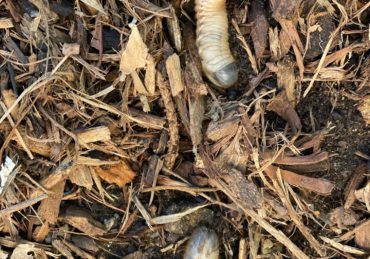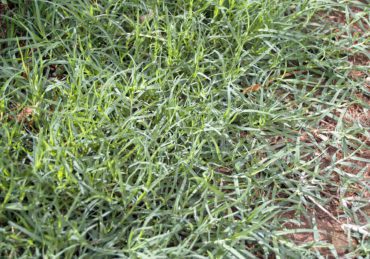Maintaining a lush, healthy lawn requires more than just regular lawn mowing and watering; proper fertilization is key to achieving the vibrant, healthy grass you strive for. How often should you fertilize your lawn is a question that often perplexes homeowners and here we’ll delve into proper fertilization, the importance of it, and how often should you fertilize. From understanding soil needs to choosing the right fertilizer, you’ll soon be an expert in lawn fertilization.
Importance of Regular Lawn Fertilization
Regular fertilization is crucial for maintaining lawn health, as it provides essential nutrients such as nitrogen, phosphorus, and potassium. Fertilization promotes root development and growth, leading to a denser and greener lawn. Additionally, a thick, healthy lawn is also more resistant to weeds and diseases. By investing in regular lawn fertilization, you are fortifying a lawn that remains healthy and can resist environmental stresses.

Enhancing Grass Growth
Fertilization promotes vigorous growth by supplying the essential nutrients that grass needs to thrive. Nitrogen, a key component of fertilizers, is particularly crucial as it fuels the production of chlorophyll, the pigment responsible for the green color in plants. In turn, this enhances photosynthesis, enabling the grass to produce more energy and grow more robustly. Phosphorus aids in root development, ensuring the grass can absorb water and nutrients more efficiently, while potassium strengthens the plant’s overall health and resilience. The result is not only a lush, healthy lawn but also a lawn that is dense and strong, capable of withstanding foot traffic, drought, and other stresses.
Strengthening Root Systems
Fertilization plays a pivotal role in developing strong root systems, which are fundamental to a lawn’s overall health and vitality. The application of phosphorus-rich fertilizers is particularly beneficial, as phosphorus is essential for root growth and development. A robust root system enables grass to anchor firmly into the soil, improving its stability and resilience against environmental stresses such as drought, heavy foot traffic, and temperature extremes. Additionally, well-nourished roots can effectively absorb more water and nutrients from the soil, ensuring that the grass remains healthy, lush, and green. By fostering deep, strong roots, fertilization not only enhances the immediate appearance of your lawn but also builds a solid foundation for long-term health and sustainability.
Improving Lawn Color
Proper fertilization significantly enhances the color of grass, making it appear vibrant and healthy. The key to this transformation is nitrogen, a primary nutrient in most fertilizers. Nitrogen is essential for the production of chlorophyll, the green pigment in plants responsible for photosynthesis. When grass receives an adequate supply of nitrogen, it produces more chlorophyll, leading to a richer, deeper green hue. This not only makes the lawn visually appealing but also indicates that the grass is thriving. Additionally, the balanced inclusion of other nutrients such as phosphorus and potassium in the fertilizer mis supports overall plant health, ensuring that the vibrant color is sustained over time.
Factors Influencing Fertilization Frequency
How often should you fertilize your lawn is influenced by a variety of factors, each playing a crucial role in determining the specific needs of your turf. Factors to consider includes grass type, soil type, climate, and lawn usage. Taking these factors into consideration when determining how often to fertilize lawn will help you tailor your fertilization routine to ensure optimal lawn health.
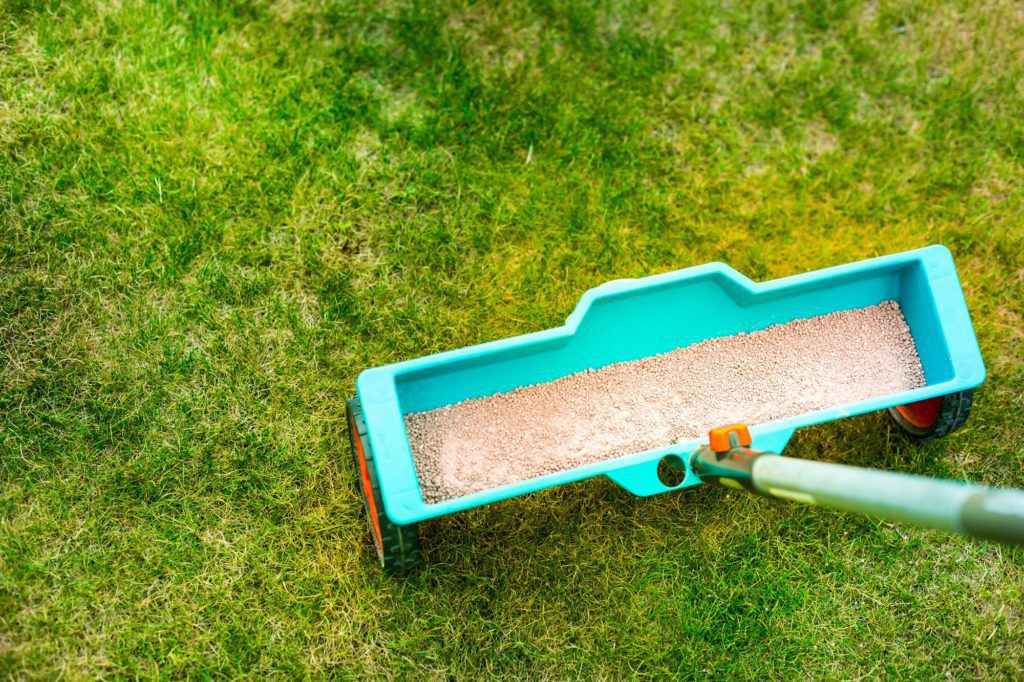
Grass Type Considerations
Different types of grass have varying fertilization needs and schedules due to their unique growth patterns and nutrient requirements. Cool-season grasses, such as Kentucky bluegrass and fescues, typically thrive in cooler temperatures and experience their peak growth during the spring and fall. As a result, they benefit from fertilization during these seasons to support growth and recovery from summer stress.
On the other hand, warm-season grasses like Bermuda and zoysia grass flourish in hotter weather and require fertilization primarily in the late spring and summer to fuel their active growth period. Each grass types’s specific nutrient needs also dictate the type and frequency of fertilizer applications.
Soil Testing and Analysis
Soil testing is a critical step in determining the specific nutrient needs of your lawn, providing a precise analysis of its current condition and deficiencies. By evaluating the soil’s pH level, organic matter content, and concentrations of essential nutrients like nitrogen, phosphorus, and potassium, a soil test offers valuable insights into what your lawn truly requires for optimal growth.
This targeted approach allows you to apply the right type and amount of fertilizer, avoiding the common pitfall of over-fertilization or under-fertilization, both of which can harm your grass and the environment. Soil testing ensures that you are not just guess, but making informed decisions to enhance your lawn’s health, improve its resilience against pests and diseases, and achieve a vibrant, lush appearance.
Climate Impact
Local climate conditions plays a crucial role in determining how often should you fertilize your lawn and the type of fertilization required. In regions that get heavy rainfall, nutrients can be leached from the soil more quickly, in turn making frequent fertilization necessary. Conversely, in dryer climates, reduced rainfall means nutrients are less likely to be washed away, allowing for less frequent applications.
Temperature also impacts nutrient availability. In warmer climates, increased microbial activity can enhance nutrient release from organic matter; in colder climates this process slows down, affecting the timing and type of fertilizers needed.
Lawn Usage Patterns
The usage of a lawn significantly influences its fertilization needs. Lawns subjected to heavy foot traffic experience soil compaction, which can limit root growth and nutrient absorption. These areas often require more frequent fertilization to ensure the grass remains robust and resilient. Additionally, homeowners with dogs may suffer from nutrient imbalances and burned spots due to urine. These areas can be corrected by targeted fertilization. Regular maintenance, including aeration and overseeding, coupled with tailored fertilization schedules, can help maintain the health and appearance of lawns with varying levels of use.

Recommended Fertilization Schedules
When determining how often to fertilize lawn, it’s crucial to consider your grass type and regional factors that affect their growth. Cool-season grasses like Kentucky bluegrass, fescue, and ryegrass, commonly found in norther regions, benefits from fertilization in early spring and fall. Warm-season grassed such as Bermuda, St. Augustine, and zoysia, typical in southern climates, require fertilization during late spring through summer. Regional considerations include soil type, average rainfall, and temperature.
Cool-Season Grass Schedule
Fertilization for cool-season grasses should focus on their active growth periods in early spring and fall. In early spring, around March to April, an application of a balanced fertilizer with a higher nitrogen content helps jumpstart growth after winter dormancy. During late spring, around May, a lighter application can maintain growth without encouraging excessive shoot development. Throughout summer, fertilization should be minimized to avoid stressing the grass during hotter months, though a slow-release fertilizer can be applied in June if necessary.
The most critical fertilization period is in the fall, from September to November, when cool-season grasses enter a phase of vigorous growth and root development. A high-nitrogen fertilizer, like 24-0-10, applied in early fall and again in late fall, prepared the lawn for winter dormancy and ensures a strong start the following spring. Additionally, proper watering and mowing practices should be practiced along with this fertilization plan to ensure maximum effectiveness.
Warm-Season Grass Schedule
Fertilization for warm-season grasses should align with their peak growing season, which spans from late spring through summer. Begin fertilizing in late spring, around April to May, with a balanced fertilizer that has a higher nitrogen content, such as 16-4-8, to stimulate growth as the grasses come out of dormancy. Continue fertilizing every 6-8 weeks throughout the summer, adjusting the amount based on the grass’s response and environmental conditions. Mid-summer, around July, a slow-release fertilizer can be applied to maintain steady nutrient availability.
By late summer, typically in August to September, switch to a fertilizer with a lower nitrogen content, such as 10-10-10, to promote root development and prepare the grass for the cooler months ahead. Avoid fertilizing in late fall and winter, as the grass enters dormancy and does not actively absorb nutrients. Similarly to cool-season grasses, proper watering and mowing practices should be practiced along with this fertilization plan.
Organic vs. Synthetic Fertilizers
Organic and synthetic fertilizers differ significantly in their composition, nutrient release rates, and impacts on soil health, influencing how they fit into fertilization schedules. Once you determine how often to fertilize lawn, choosing the right type of fertilizer is an easy decision! Organic fertilizers, derived from natural sources such as compost, manure, and bone meal, release nutrients slowly as they decompose, providing a steady supply of nutrients. The slow release of nutrients from organic fertilizers make them ideal for maintaining long-term soil health as they provide a steady supply of nutrients over time and improves soil structure and microbial activity. Additionally, organic fertilizers ca be applied less frequently, typically once or twice a year, in sync with the natural growing cycles of plants.
In contrast, synthetic fertilizers are chemically formulated to provide specific ratios of nutrients like nitrogen, phosphorus, and potassium. They offer immediate nutrient availability, which can be advantageous for quick growth spurts but may require more frequent applications to sustain plant health. Synthetic fertilizers are often incorporated into more precise, regular schedules tailored to the specific needs of the grass and regional conditions. While synthetic fertilizers can boost growth and greening quickly, they do not improve soil structure and can lead to nutrient runoff if not managed properly. Combining both types can balance immediate needs with long-term soil health.
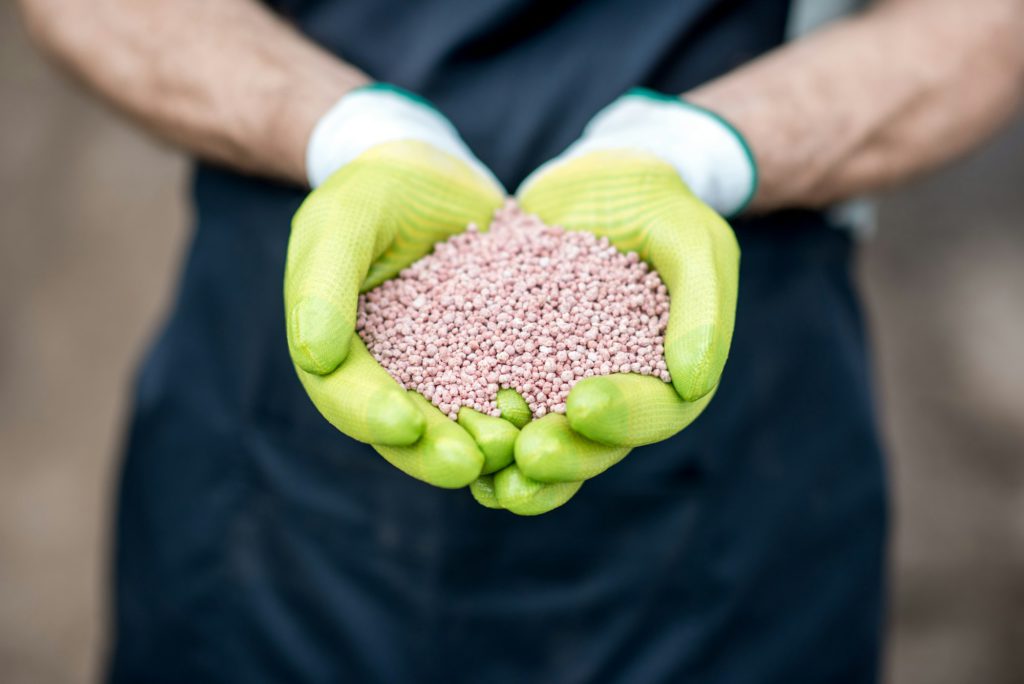
Common Fertilization Mistakes to Avoid
Homeowners often make common errors when fertilizing their lawns, leading to poor results or even damage, Over-fertilization is a frequent mistake, causing nutrient burn, excessive growth, and increased susceptibility to pests and diseases. Other errors includes applying fertilizer unevenly, poor timing, and neglecting to water properly. It’s important to avoid these mistakes by determining how often to fertilize lawn and creating a fertilization schedule based on your grass type and climate, then adhering to the schedule.
Over-Fertilization Risks
Over-fertilizing lawns poses several dangers, including lawn burn and significant environmental impacts. Lawn burn occurs when excessive fertilizer, particularly those high in nitrogen, causes the grass to dehydrate and turn brown, damaging its roots and overall health. This can lead to weakened grass that is more susceptible to pests, diseases, and further environmental stress.
Additionally, over-fertilization contributes to nutrient runoff, where excess nutrients are washed away into nearby bodies of water. This runoff can lead to algal blooms, which deplete oxygen levels in the water, harming aquatic life and disrupting ecosystems. The leaching of these nutrients into groundwater can also contaminate drink water sources, posing health risks to humans and animals. To avoid these dangers, homeowners should follow recommended fertilizer application rates, timing and techniques, and consider environmentally friendly options like slow-release or organic fertilizers.
Under-Fertilization Issues
Under-fertilizing a lawn can lead to a range of problems, including poor growth and increased susceptibility to weed invasion. Insufficient nutrients in the soil result in weak, thin grass that struggles to develop a robust root system and maintain vibrant, healthy blades. This poor growth creates bare patches and thin areas, providing an ideal environment for weeds to establish. Weed, which often have more aggressive growth habits and can outcompete grass for available nutrients, quickly take advantage of these weak spots.
Additionally, a nutrient-deficient lawn is less resilient to environmental stresses such as drought, disease, and temperature extremes, further compromising its health and appearance. Identifying when your lawn is under-fertilized can help you determine how often to fertilize lawn. Regular and appropriately timed fertilization is essential to ensure that grass receives the nutrients it needs to grow densely, thereby reducing the opportunity for weeds to gain a foothold.
Incorrect Application Methods
Proper application techniques are crucial for ensuring even distribution and effectiveness of fertilizers, directly impacting lawn health and appearance. Uneven fertilizer application can result in patchy growth, with some areas receiving too much fertilizer and others too little. To avoid incorrect application methods and uneven distribution, use a broadcast or drop spreader to help achieve uniform coverage. Additionally, applying fertilizer during calm weather conditions prevents the wind from dispersing the product unevenly. Watering the lawn after fertilization ensures that nutrients are dissolved and absorbed by the grass roots.

Seasonal Timing Errors
Fertilizing at the right times of the year and knowing how often should you fertilize your lawn is essential for maintaining optimal lawn health and growth, as different grass types have distinct nutrient needs during various seasons. Applying fertilizer at the appropriate time maximizes nutrient uptake and supports growth, while mistimed applications can lead to several issues. For instance, fertilizing cool-season grasses in the summer can stimulate excessive growth when the grass is already stressed from heat, making it more susceptible to disease and drought.
Conversely, fertilizing warm-season grasses during their dormant period in winter can result in wasted nutrients, as the grass is not actively growing and cannot absorb them effectively. Mistimed applications can also contribute to environmental problems, such as nutrient runoff during heavy rains, which can contaminate water sources.
Get an Instant Quote for Lawn Mowing
Get an instant price for lawn mowing services with LawnGuru. With our user-friendly platform, getting a quote is as easy as entering your address and creating an account! Our transparent pricing ensures you know exactly what to expect upfront, with no hidden fees or surprises. Simply book online, sit back, and relax as your provider works their magic on your lawn. Experience the ease and transparency of instant pricing with our lawn mowing service.

The Most Drought Tolerant Grass for Full Sun Lawns
When summer hits hard and rain is nowhere to be found, even the greenest lawns can turn to hay. Homeowners walk outside, shake their heads, and wonder how the neighbor’s
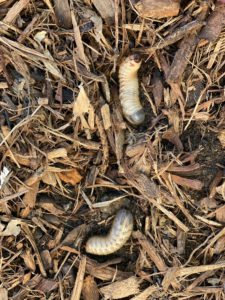
How to Best Treat Grub Infestations
A homeowners walks across the yard in late summer, noticing new patches of thinning, brown grass and noting the summer heat at the cause. What they don’t realize is that
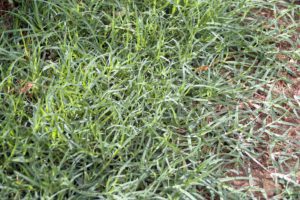
What Kind of Grass Grows in Florida?
It’s a late July afternoon, and you’ve just stepped barefoot onto your front lawn. The heat hits your skin, but your biggest concern is the patchy brown spots creeping across

How Long After Weed and Feed Can I Water?
It’s early Saturday morning. You’ve just spread weed and feed across the lawn, the kids are still asleep, and you’re wondering whether you should go ahead and set the sprinklers.

Bermuda Grass in Winter
You wake up one crisp December morning, glance out the window, and your once-green lawn has turned a dull tan. No patches, no dead spots, just uniformly brown. It looks

What Happens to Weeds in the Winter?
You rake the last pile of leaves, step back to admire your now-bare lawn, and then spot a scraggly patch of green thumbing its nose at the frost. It’s mid-December,


